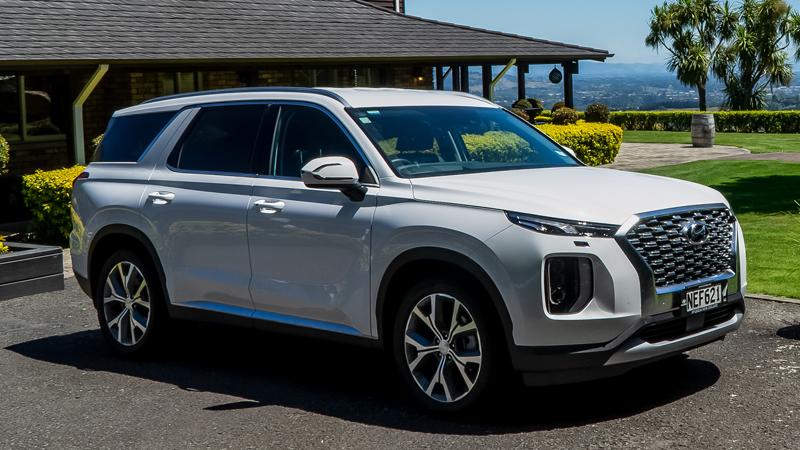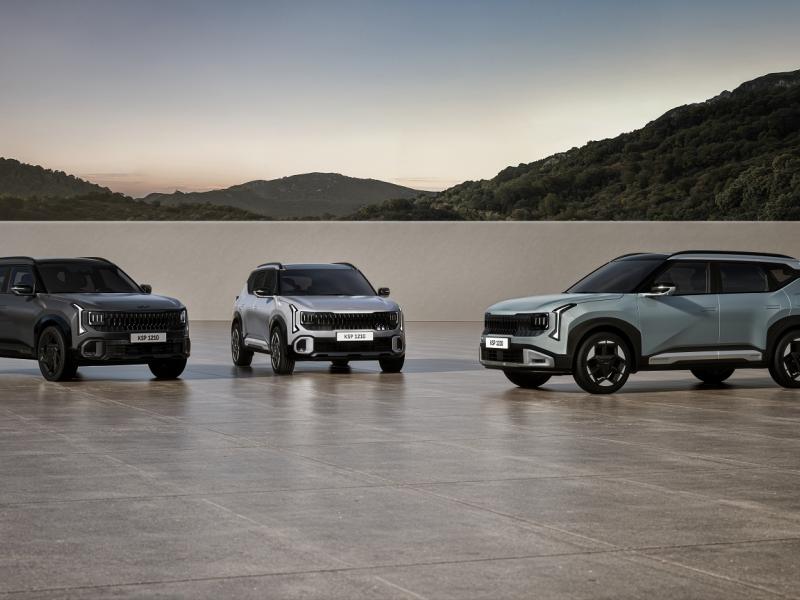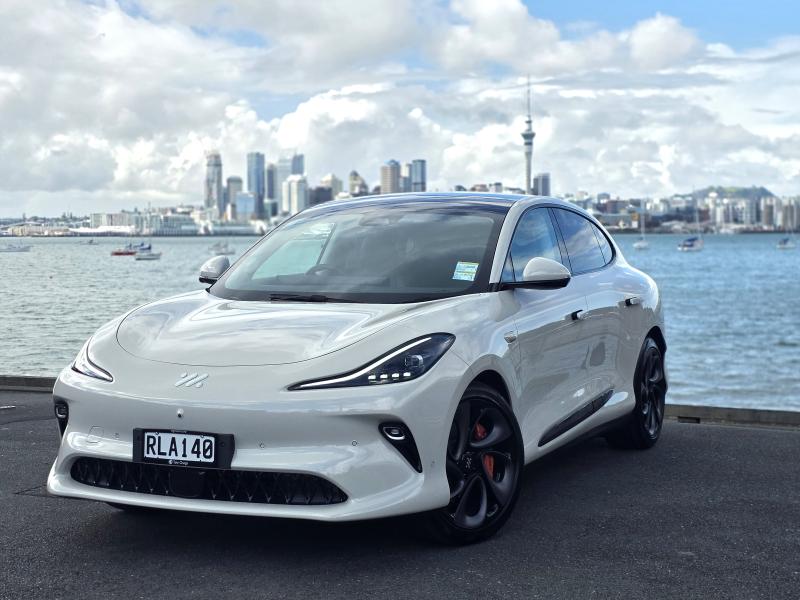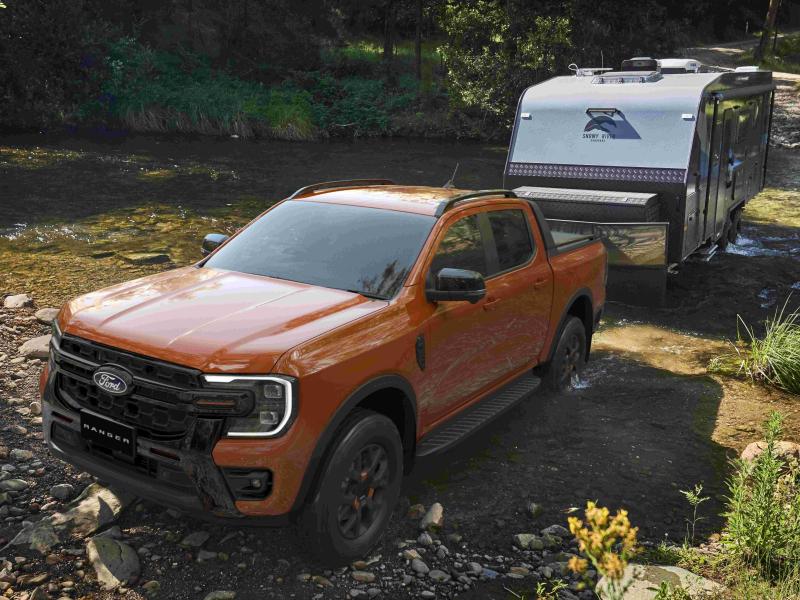As we were putting the finishing touches on the February edition, Hyundai was taking the covers off its $100k, eight-seater SUV, the Palisade.
Palisade enters the market just after the arrival of Hyundai’s fourth generation Santa Fe; and now brings Hyundai’s SUV offerings to five and fills the Korean brand’s dance card in this segment.
Throughout 2021, Hyundai has a raft of new and facelifted models coming through, suggesting its going to be a busy year for the brand.
At the release of the Palisade, GM for Hyundai Andy Sinclair was asked what lingering Covid effects may have on the brand. The answer was an honest “There shouldn’t be any effect whatsoever, but then, I’ve learned that what I say at a launch always comes with a ‘that may change’ caveat.”
Thus far, Hyundai NZ has not seen any serious product restrictions. Sinclair pointed to the fact that when lockdowns were rescinded, Hyundai was first out of the gate to get back up and running.
But now Hyundai – along with every other brand represented in this country – has another challenge in post-Covid 2021, when the Clean Car Standard comes into law, with CO2 reporting by distributors required to start in 2022 and full implementation – with fines if warranted – by 2023.
This standard stipulates emissions targets of 102gm of CO2 for all passenger cars and 132gm CO2 or light commercials requiring respective drops of 35.3 percent and 38.5 percent in four years; figures Sinclair says are the most aggressive of any in the world.
As well, the electric vehicle Road User Charge exemption is scheduled to end in December 2021.
These two considerations are somewhat contradictory, as taxation of an EV neither encourages nor demonstrates support for an increase in uptake, which could significantly contribute to distributors being better able to meet their emissions targets and thus improve the country’s climate situation.
Some might suggest introducing a vehicle the size of Palisade isn’t exactly helping either.
In answer to that, Hyundai NZ is merely responding to market demand. And besides, Sinclair and his team are looking at a year of largely CO2-friendly arrivals: Kona Series II in March, an all-new Tucson in April, along with a second generation i30 N Series.
Quarter 3 will see a Kona N and a hybrid Santa Fe, a new iLoad/iMax van and i20 hatch with Quarter 4 bringing the IONIQ 5 family to NZ, this last being – according to Sinclair – the one to watch, though again with the caveat that things may change.
What then of Palisade? Well, Hyundai’s market intelligence shows 60.7 percent of buyers in the seven to eight seat vehicle market segment – 16 brands represented, including Hyundai – are under 40 years of age.
Over 73 percent of the Palisade’s competitors have seven to eight seats, with only 5.5 percent making up the 8-seat subset, which is where Palisade plays.
Diesel is the powertrain of choice for this size of vehicle, at over 72 percent. Petrol equates to 27.6 percent uptake while plug-in hybrids account for 0.2 percent – a figure coloured by the availability of PHEV powertrains.
Palisade’s hero engine is the proven 2.2 R Series common rail diesel, with a 3.8 litre, V6 Lambda petrol engine also available – and it is the petrol which leads with the entry level pricing.
A closer look at the engines sees the 2.2 R Series diesel delivering 147kW at 3800rpm and 44Nm from 1750 to 2750rpm for a 7.3 litres per 100km fuel figure and 195gm/km CO2 output.
The Lambda petrol V6 delivers a greater 217kW power output, but a reduced 355Nm at maximum 5200rpm torque output for 10.7 litres per 100km and – ouch – 248gm/km of CO2.
Like the Lambda petrol 3.8, the diesel is mated to an eight-speed automatic transmission, but only the diesel models come equipped with Hyundai’s proprietary HTRAC AWD system.
Available only in front wheel drive configuration, petrol-powered Palisades do come in both Elite and Limited specification grades, but it is the petrol versions which start the pricing ladders in both.
Elite models offer the eight-seat configuration, while the Limited only offers seven – two in the centre row being Captain style chairs, offering improved shoulder room between the individualised seats.
Limited models also get an optional choice of Burgundy or Brown Nappa leather interiors with suede effect headlining and pillar trim.
Both models share the comprehensive Smartsense safety suite, though Limited spec gains a surround view and blind spot view monitor feature.
Standard SmartSense safety suite
Blind spot collision avoidance
Driver attention alert
High Beam assist
Lane keeping assist
Lane following assist
Lead vehicle departure alert
Forward collision avoidance assist
Rear cross traffic collision avoidance
Smart cruise control with Stop and go
Rear occupancy alert
Safe exit assist
Power child locking system
Pricing Ladder
3.8l petrol 2WD 8-speed Elite 8 seat $99,990
3.8l petrol 2WD 8-speed Ltd 7 seat $107,990
2.2l diesel AWD 8-speed Elite 8 seat $106,990
2.2l diesel AWD 8-speed Ltd 7 seat $114,990






